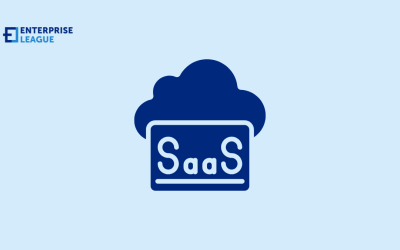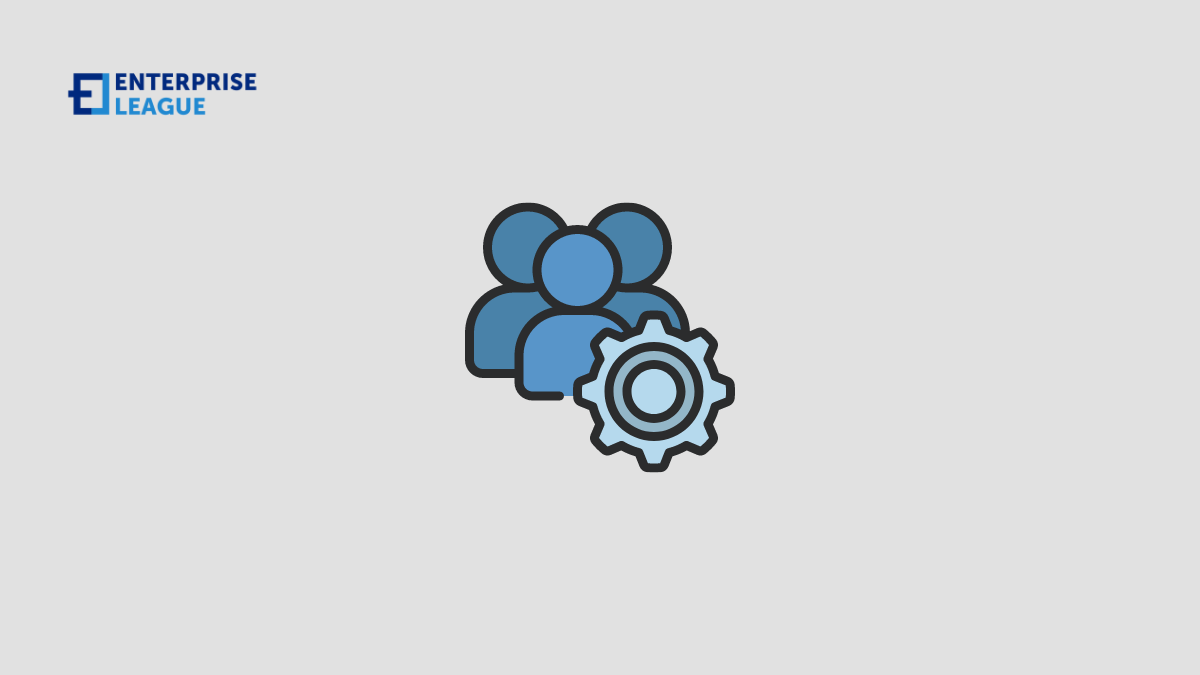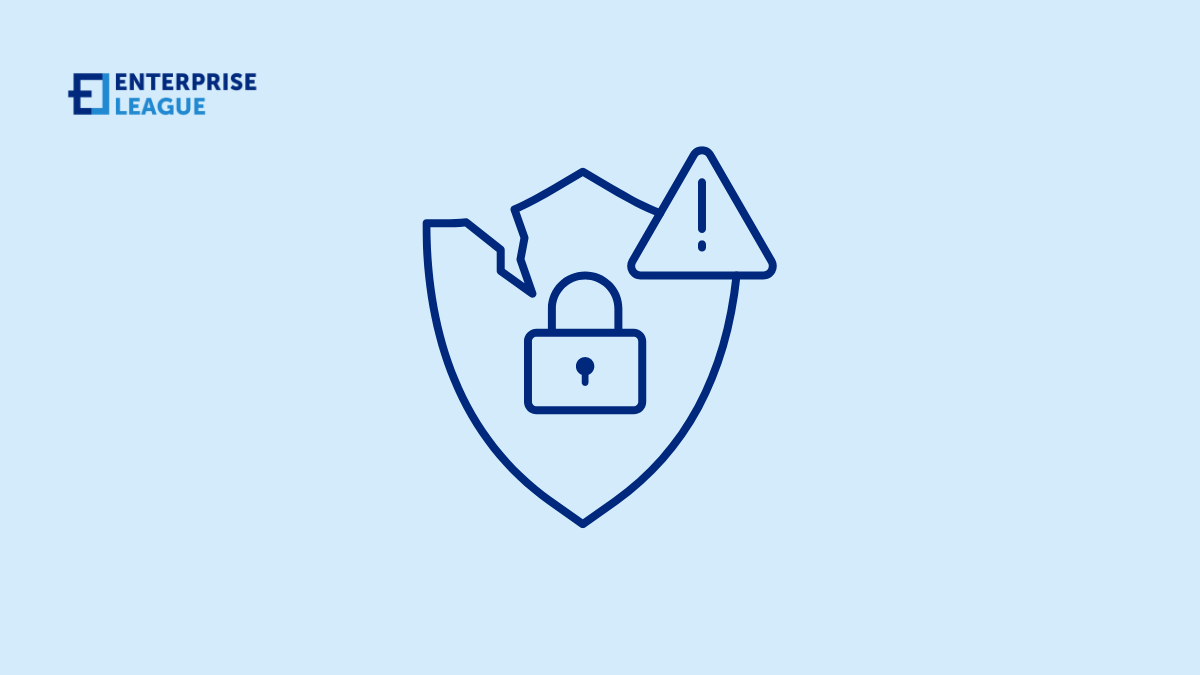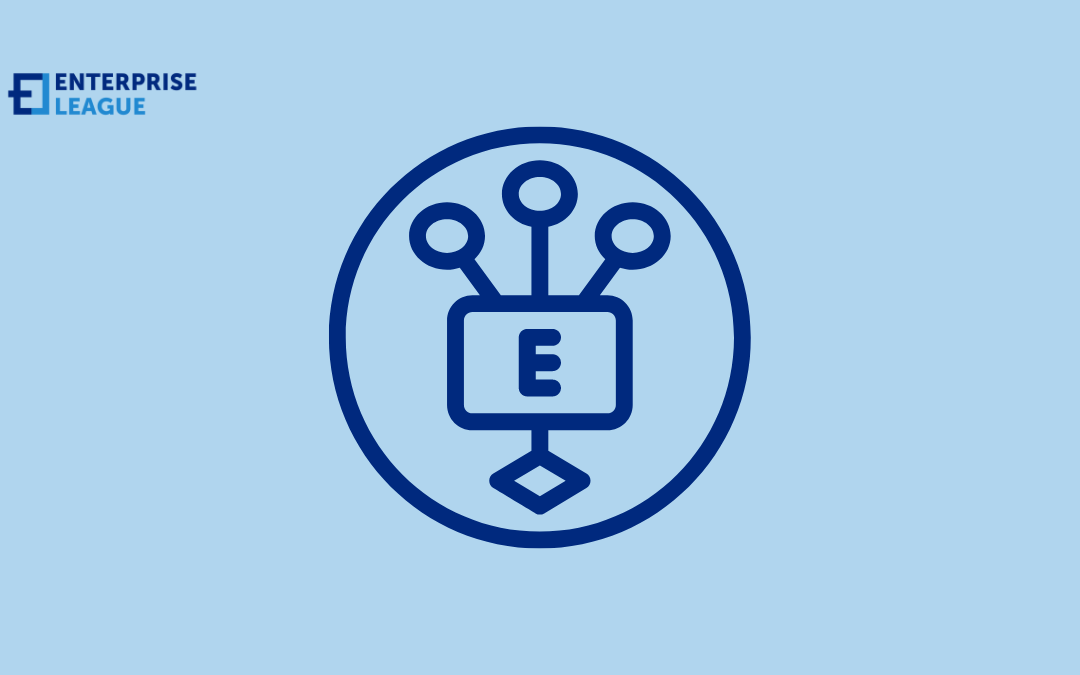Let’s discuss more about how CSPM tools enhance visibility and control in cloud environments while helping organizations mitigate risks and ensure compliance.

How mortgage workflow automation enhances loan officer efficiency
The automation of mortgage workflows is transforming the lending sector, improving efficiency and streamlining operations. A key area benefiting greatly from this automation is the enhancement of loan officer productivity. By automating time-consuming tasks, loan officers can dedicate their efforts to cultivating connections with clients and expanding their business. In this article, we will delve into how mortgage workflow automation optimizes the efficiency of loan officers.
Simplifying document collection and verification
Validating documents from borrowers can be quite time-consuming. Manual processes often require loan officers to follow up with clients for missing paperwork, resulting in delays, frustration, and wasted time. However, with mortgage workflow automation, this procedure can be streamlined.
Automated systems can generate lists of required documents for borrowers and send reminders automatically via different channels like email or text messages. Additionally, borrowers have the option to directly upload or link their information into the system. The automated platform then promptly verifies the accuracy and completeness of these documents.
Speeding up application processing
Conventional mortgage application procedures involve data input from sources into multiple systems. This repetition not only wastes time but also creates opportunities for potential mistakes that could impact the client experience or lead to delays in approvals. Automation helps mitigate these risks by combining steps into a unified system.
Through the use of an automated workflow platform, loan officers experience advantages during the application processing phase:
- Robotic Process Automation (RPA) removes the burden of data entry by extracting information from various documents.
- Optical Character Recognition (OCR) technologies efficiently scan physical or digital documents to identify data points.
- Intelligent algorithms analyze data gathered during discovery phases to ensure its accuracy before submission.
By automating these procedures, loan officers can significantly reduce the time needed for each application while upholding levels of precision.
Streamlining loan status updates
Loan officers often dedicate time to addressing client inquiries regarding their loan application progress. By utilizing mortgage workflow automation, loan officers can proactively furnish borrowers with time-automated updates throughout the process, diminishing the need for inquiries and keeping clients informed.
Automated systems can provide borrowers with portals where they can monitor their loan status around the clock. These portals exhibit updated details, like pending items, loan conditions, and projected closing dates.
Utilizing AI-powered underwriting
Underwriting, a step in the mortgage loan approval process, involves assessing borrowers’ creditworthiness, analyzing lending risks, and determining terms for each application. AI-driven underwriting systems utilize algorithms to enhance decision-making speed and accuracy.
AI-powered underwriting platforms automatically assess borrower credit scores, debt-to-income ratios, work history, and other relevant factors against predefined criteria established by lenders or regulatory entities. This allows loan officers to receive recommendations or approvals/rejections based on consistent and impartial data analysis.
Integration with CRM systems
Effective client relationship management is essential for loan officers aiming for long-term business success. Mortgage automation tools seamlessly integrate with Customer Relationship Management (CRM) systems, providing loan officers with a view of customers for communication at every stage of the lending process.
Solutions like Trackonomy exemplify how automation platforms can enhance operational visibility and workflow efficiency across complex systems.
Automated workflows synchronize data between the mortgage automation platform and the CRM system to ensure that user profiles are always updated with information, like lead sources or engagement history.
Conclusion
The automation of mortgage workflows significantly boosts the efficiency of loan officers by simplifying document gathering and expediting application processing while maintaining precision and quality control standards, automating client interactions with updates, and AI-generated underwriting suggestions that facilitate personalized communication via CRM integrations. Embracing automation and its transformative impact allows loan officers to prioritize developing connections with borrowers, expanding their business in a competitive lending sector, enhancing customer satisfaction, and streamlining operational processes for long-term success.
More must-read stories from Enterprise League:
- Unique ways to show your employees you care about them.
- Innovative customer appreciation ideas for small businesses.
- Get inspired from this list of creative small business ideas.
- Things to consider before deciding on a business location.
- Learn how to deal with rude customers in a creative way.
Related Articles
How CSPM tools enhance visibility and control in cloud environments
Hidden expenses and inefficiencies of shared accounts
From forgotten recurring charges and payments to the time spent managing multiple users, the cost of shared accounts extends far beyond the monthly bill.
24 team leadership quotes that transform groups into champions (2025)
Master the art of team motivation with these battle-tested team leadership quotes and learn how to use them so you could unlock your team’s potential.
Mastering the modern SaaS business model (2025)
From pricing to profitability, let’s learn everything about the SaaS business model, how it works and how successful companies make it for the markets today.
How dedicated development teams help businesses thrive
In this article we will have a look and see why dedicated software development teams are essential for business growth and how they help businesses thrive.
















